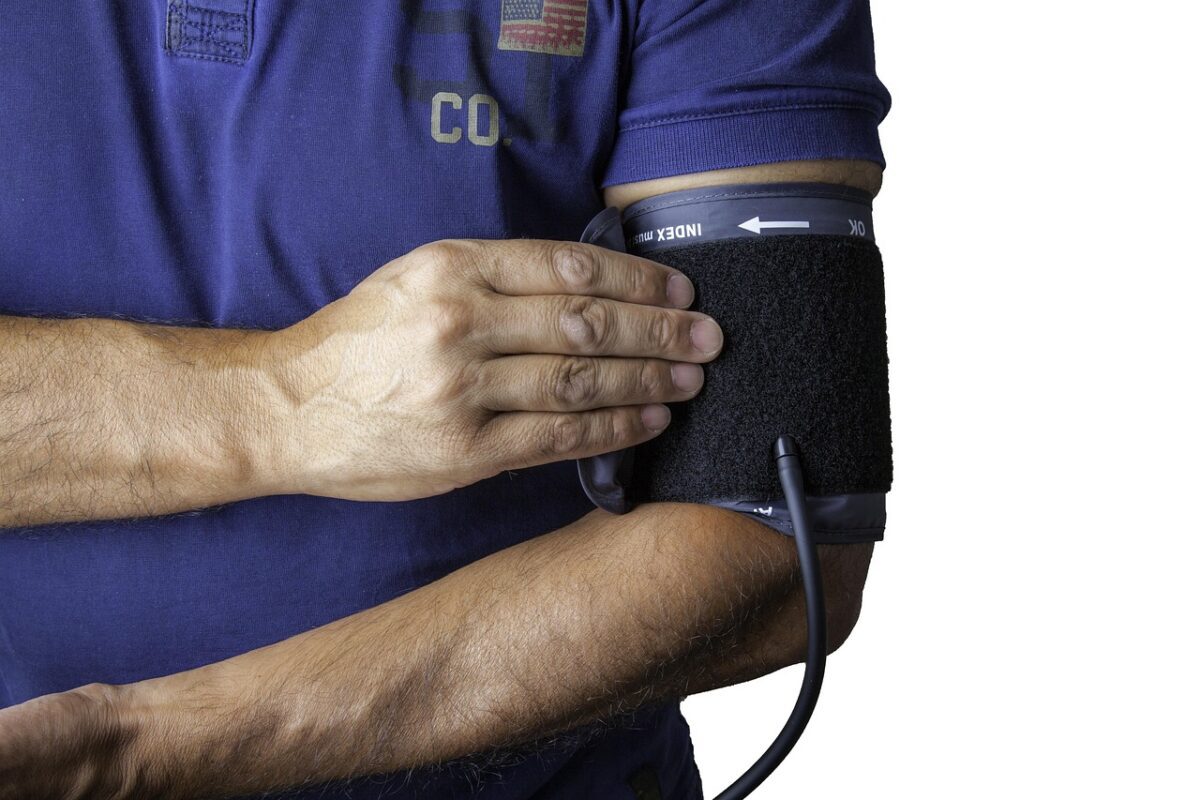Cardiovascular disease is the world’s top killer, claiming over 20.5 million lives in 2021, according to the World Heart Federation. In the United States alone, it remains the leading cause of death.
A key driver behind many of these cases is something few patients think about: calcium buildup in the arteries. When hard plaque accumulates inside arterial walls, it hardens and narrows the vessels — a process called calcification — restricting healthy blood flow to vital organs. The problem is often invisible until symptoms appear, sometimes only after a dangerous event like a heart attack or stroke.
“Arterial calcium doesn’t happen overnight — it’s the result of years of progressive disease,” says Dr. Arthur Lee, an interventional cardiologist and Managing Partner at Epic Venture Partners.
“The tragedy is that most patients never know it’s there until a major event occurs. That’s why understanding calcium buildup and catching it early is essential.”
How to Recognize Early Warning Signs
Arterial calcification often progresses silently. Many people have no symptoms until the narrowing becomes severe. But there are warning signs worth noting — though they vary depending on which arteries are affected:
Chest discomfort or pressure
Shortness of breath
Fatigue or lightheadedness
Leg pain while walking
Women may experience different symptoms, including nausea, jaw or back pain, or unexplained fatigue. Because these warning signs are often subtle and easy to dismiss, cardiologists emphasize the importance of discussing concerns with a physician — particularly for those with risk factors like diabetes, high blood pressure, or a family history of heart disease.
From Detection to Prevention: Catching Calcium Early
The most definitive way to measure calcium is through a calcium scoring CT scan, which quantifies buildup in the coronary arteries. Other diagnostic tools, including stress tests, echocardiograms, and angiograms, help physicians assess blood flow restrictions and overall cardiovascular health.
“Your calcium score is like a peek into your future risk,” says Dr. Lee. “A higher score means more calcium buildup — and a greater chance of heart problems if it’s not addressed early.”
Advances in technology are making risk assessment even more robust. Platforms like Cleerly, Elucid, and Heartflow can now analyze cardiac imaging to predict future cardiovascular events and help physicians develop personalized treatment strategies based on each patient’s unique risk profile.
Patients with risk factors, such as high cholesterol, diabetes, smoking, or a family history of heart disease, should discuss calcium scoring with their physician.
For many patients, lifestyle interventions and medication can slow or even halt progression. A heart-healthy diet rich in plants, lean proteins, and whole grains, combined with regular physical activity and smoking cessation, forms the foundation of treatment.
Physicians often prescribe statins, antiplatelet drugs, or blood pressure medications to stabilize plaque and reduce cardiovascular risk. Prevention and consistent monitoring remain the first line of defense.
When Arteries Need More Than Stents
But what happens when calcium progresses despite these measures?
Unlike soft fatty plaque, it’s rock-hard, making vessels rigid and significantly more difficult to treat. Severe calcification can prevent stents from expanding properly, cause vessel injury during angioplasty, and even require more invasive interventions.
Traditional approaches include:
Atherectomy: Mechanically drilling or shaving calcium, but with risks of vessel damage.
Bypass Surgery: Rerouting blood flow around blocked arteries, an effective but highly invasive option.
These limitations drove the development of a breakthrough approach: intravascular lithotripsy (IVL) — a minimally invasive technique that uses sonic pressure waves to fracture calcium from within the artery, safely and effectively preparing the vessel for stent delivery.
First-generation IVL quickly gained adoption, proving that even the most calcified lesions could be treated without the vessel trauma or complications common with prior techniques.
Next-Generation Innovation: FastWave’s Role
Despite IVL’s success in treating calcified arteries, physicians identified persistent challenges: complex lesions that were difficult to reach, long procedure times, and inconsistent results in the most severe cases. These unmet clinical needs created an opportunity for continued innovation.

FastWave Medical emerged from these challenges, founded by industry veterans who assembled a team of leading cardiologists and vascular surgeons — many of whom invested in the company — to help develop next-generation solutions. The result is two differentiated IVL platforms: Artero for peripheral artery disease and Sola for coronary artery disease, each designed to address specific physician concerns while maintaining the safety and simplicity that made IVL successful.
Key improvements include delivering therapy twice as fast as current technology, simplified one-click operation, and enhanced deliverability to reach complex lesions — advances designed to help physicians work more efficiently and effectively.
For patients, this means better outcomes and expanded treatment options, even for severe calcification.
“FastWave’s IVL systems have been designed with physician input to deliver meaningful improvements for the management of calcific disease, which is one of the most difficult challenges we face in treating blood flow-limiting vascular blockages,” says Dr. Peter Schneider, Professor of Surgery at the University of California San Francisco.

Dr. Venkatesh Ramaiah, Chief of Complex Vascular Services at HonorHealth, adds: “FastWave’s IVL systems represent a major advancement in the treatment of calcified arteries. The company’s impressive devices dramatically improve upon current IVL technologies, and I’m excited about the prospects of using them to improve outcomes in my patients.”
A New Era in Calcium Management
Calcium buildup remains one of cardiovascular medicine’s most challenging problems, but it doesn’t have to dictate a patient’s future. Awareness of risk factors, early screening through calcium scoring, and preventive lifestyle changes can dramatically reduce the likelihood of dangerous calcification. For those who do develop severe disease, the evolution of IVL technology is expanding what’s possible in treatment.
The path requires action at every stage: understanding personal risk factors, getting screened when appropriate, making heart-healthy lifestyle changes, and staying informed about advancing treatment options. As IVL technology continues to evolve with improved speed, deliverability, and consistency, patients facing even the most challenging calcification have more reason for optimism than ever before.

